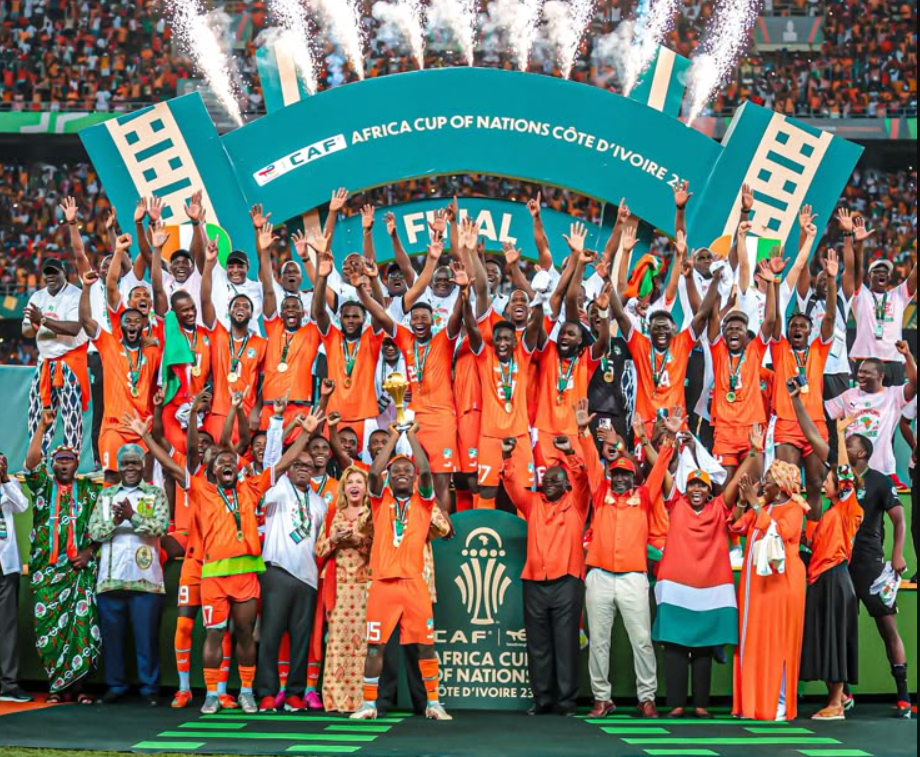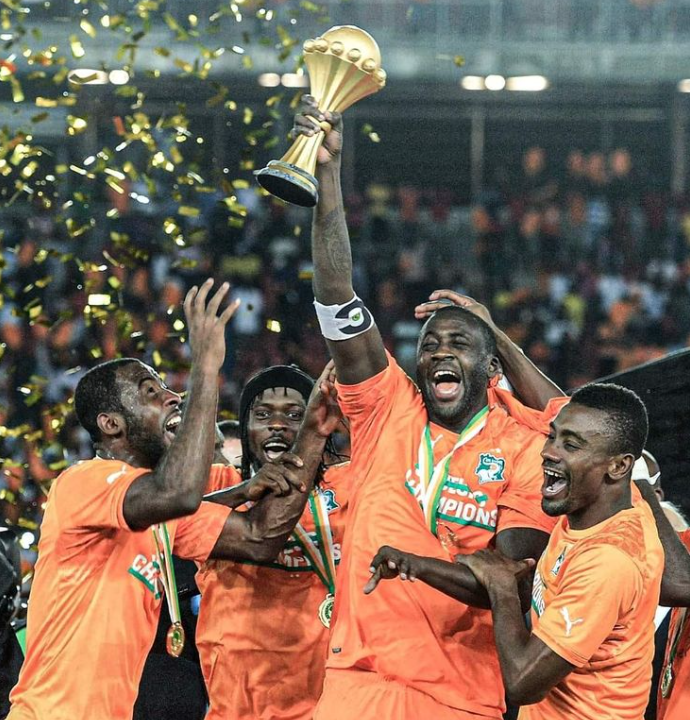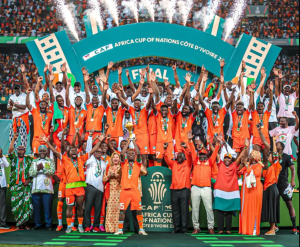AFCON Tactics and Predictions: Côte d’Ivoire’s Evolution into 2025

When Côte d’Ivoire lifted the Africa Cup of Nations trophy in early 2024, it wasn’t just a victory of skill or home advantage — it was a masterclass in tactical evolution. Led by interim coach Emerse Faé, the Elephants turned what looked like a failed group-stage campaign into one of the greatest comeback stories in modern African football.
So how did they do it? Let’s break down the key tactical pillars that delivered the title — and what this means for the team’s future heading into the World Cup and the next AFCON.
1. Tactical Flexibility: More Than One Formation
Under Faé, Côte d’Ivoire abandoned rigid structures. Instead of locking into a traditional 4-3-3 or 4-2-3-1, the team adapted from match to match:
- Against physical sides like Senegal — compact 4-4-2 mid-block
- Against ball-dominant teams — fluid 4-1-4-1 with staggered pressing
- In knockouts — 3-5-2 to control wide areas and switch tempo
This flexibility allowed the team to tailor its approach to each opponent — a sign of intelligent, tournament-ready planning.
2. Midfield Balance: Power, Press, Possession
The midfield trio — Sangaré, Kessié, Fofana — was the engine of Côte d’Ivoire’s success. They combined physicality, tactical understanding, and vertical progression, allowing the Elephants to control both chaotic and structured matches.

3. Controlled Pressing and Tempo Shifts
Rather than pressing blindly, the team used situational pressing triggers, such as:
- Isolating a fullback on the touchline
- Forcing back-passes to a shaky goalkeeper
- Closing midfield channels when leading
The result was a team that could defend smartly and strike when needed.
4. Wide Play & Fullback Influence
Côte d’Ivoire’s fullbacks were key to their attacking shape. Konan and Aurier offered width and overlapping runs, allowing wingers like Adingra to drift centrally and create chances.
This dual-wide threat often forced opponents to break shape, creating space for midfield runners.
5. Mental Structure & Game Management
Perhaps the most underrated aspect was mental discipline. The Elephants won matches in extra time, on penalties, and under pressure — always with control. Substitutions were timely, and players understood their roles in crisis moments.
It wasn’t just bravery. It was preparation.
What to Expect at AFCON 2025 in Morocco
The next Africa Cup of Nations takes place in November–December 2025, hosted by Morocco — a nation with a footballing revival of its own. With Côte d’Ivoire entering the tournament as defending champions, expectations will be sky-high.
🧠 Key talking points ahead of 2025:
- Will Emerse Faé continue as head coach, and can he build long-term identity?
- Will new stars like Adingra, Diomandé, Haller carry more responsibility?
- How will Côte d’Ivoire handle pressure away from home, especially against North African teams on their turf?
What to Look for in Betting Markets
For bettors, Côte d’Ivoire presents both risk and reward. Bookmakers may overvalue them based on 2024 success — but smart bettors will look deeper.
Betting angles to watch at AFCON 2025:
- Côte d’Ivoire to win group matches narrowly (under 2.5 goals)
- Live bets when game control shifts around 60th–70th minute
- Goals from midfield – Fofana and Kessié arrive late into the box
- Correct score bets in structured knockout games (e.g., 1-0, 2-1)
Betting isn’t about emotion — and with this tactically mature Ivorian squad, logic will be on your side.
A Team Built for More
Côte d’Ivoire’s AFCON 2024 victory wasn’t luck — it was the result of a flexible system, powerful midfield, structured mentality, and excellent game management. And the story is far from over.
With Morocco 2025 on the horizon, the Elephants are no longer chasing the crown — they’re defending it. And if they continue evolving tactically, they could become back-to-back champions and real contenders at the global level.




